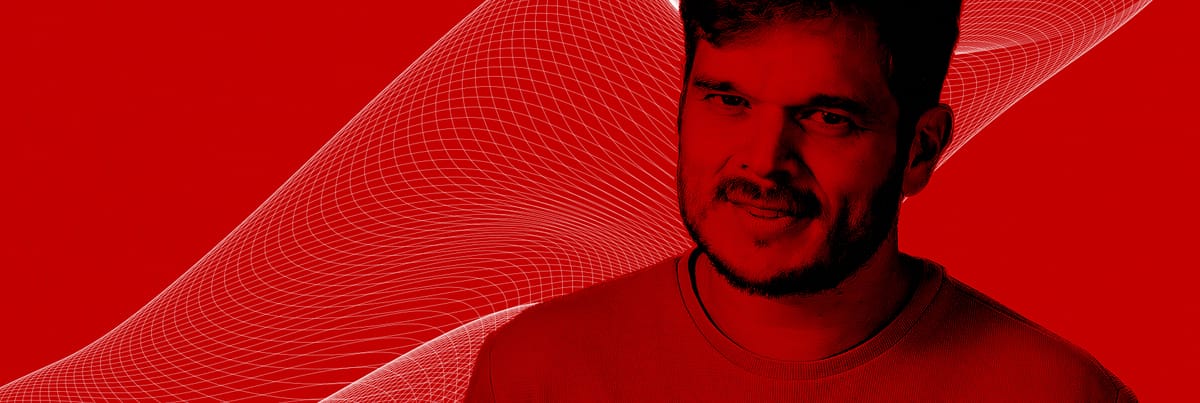A big part of closing a new investment round is the technical due diligence report that informs all parties involved of the current state of technology and the engineering team. Usually, a contracted team arrives to interview and analyze a codebase, determine weaknesses, and create a briefing that communicates their findings. At madewithlove, we’ve been remotely auditing companies for the last couple of years. We want to address some myths we’ve encountered along the way.
Myth 1: Consultants need to be onsite to get all the facts — False!
Defining the scope of desired results is key to a good remote audit. We handle this in two ways.
First, we send an introduction email which includes an overview of our process along with information and access we need in order to complete the audit remotely. This email must be comprehensive since we are working remotely and want to prevent time loss and missing details. From this, we identify key questions the investment team would like answered.
Second, we perform a baseline interview, usually with the CTO. We do this before we schedule any of the other interviews. This allows our team to create an initial analysis that will guide us when interviewing the rest of the team. Although we are hired for technical due diligence, there are many factors that affect a technical team. That’s why during interviews we touch on five pillars: team and leadership, process, documentation, engineering, and problem and solution.
Myth 2: Consultants cannot build enough trust remotely — False!
Making a participant comfortable is an important part of interviewing. We aim for a casual conversation instead of an interrogation. Doing this during an impersonal remote meeting can be difficult. We accomplish this carefully by focusing on building rapport early. There are a handful of ways to do this. Our calendar events are detailed and transparent giving an overview of the entire process. We anticipate questions and answer them in our initial communications. During the interview, we start by building empathy. We explain the process again, allow the participant to ask questions, and take some time to have small talk which helps reduce stress levels. After the bulk of questions, we also like to spend a moment to recap what we learned. This helps the participant feel useful.
It’s important to the success of the audit that participants are able to be open and transparent. We ask that the interviewee has total privacy during questioning. This is another area where remote interviews excel. There is no risk of someone interrupting or interfering with the results when the participant is in another country, city, or building.
Myth 3: Audits are disruptive to employee workflows — False!
By performing remote audits, employees are able to focus on their work for the rest of the day. Their total obligation is usually one hour. Then they can get back to focusing on their tasks. It helps that we provide a lot of context as part of our process.
Myth 4: Audits are expensive — False!
We are fortunate to reduce costs by performing audits remotely. A great example of this is flights. We don’t have to worry about waking up early to catch a flight, juggling schedules, or spending the entire day on-site with back-to-back interviews. Additionally, since our work is more efficient, our baseline interview analysis improves which reduces the time we need to spend interviewing.
Myth 5: The report will be too generic and without context — False!
While creating a draft version of the audit report, we also have an engineer diving deeper into code and checking for common technical issues. We record the interviews (with permissions) so that we can easily refer back to the source of truth. This allows us to catch all the nuance. Don’t worry, everything is anonymized in the report.
After we’ve created a polished version of the report and delivered it, we delete all recordings. This is very easy to do when we interview remotely since everything is handled by our video meeting client. We also capture shared screens when participants are showing off documentation, code, or other pertinent information.
As you can see auditing remotely is very much like auditing in person. There are some clear benefits to the process but they are balanced by the need to spend a bit more time building rapport with participants. Luckily for us, we put an effort into doing just that. After all, humans are our capital.
Join the conversation

Read: The Ultimate guide to Technical Due Diligence











Member discussion